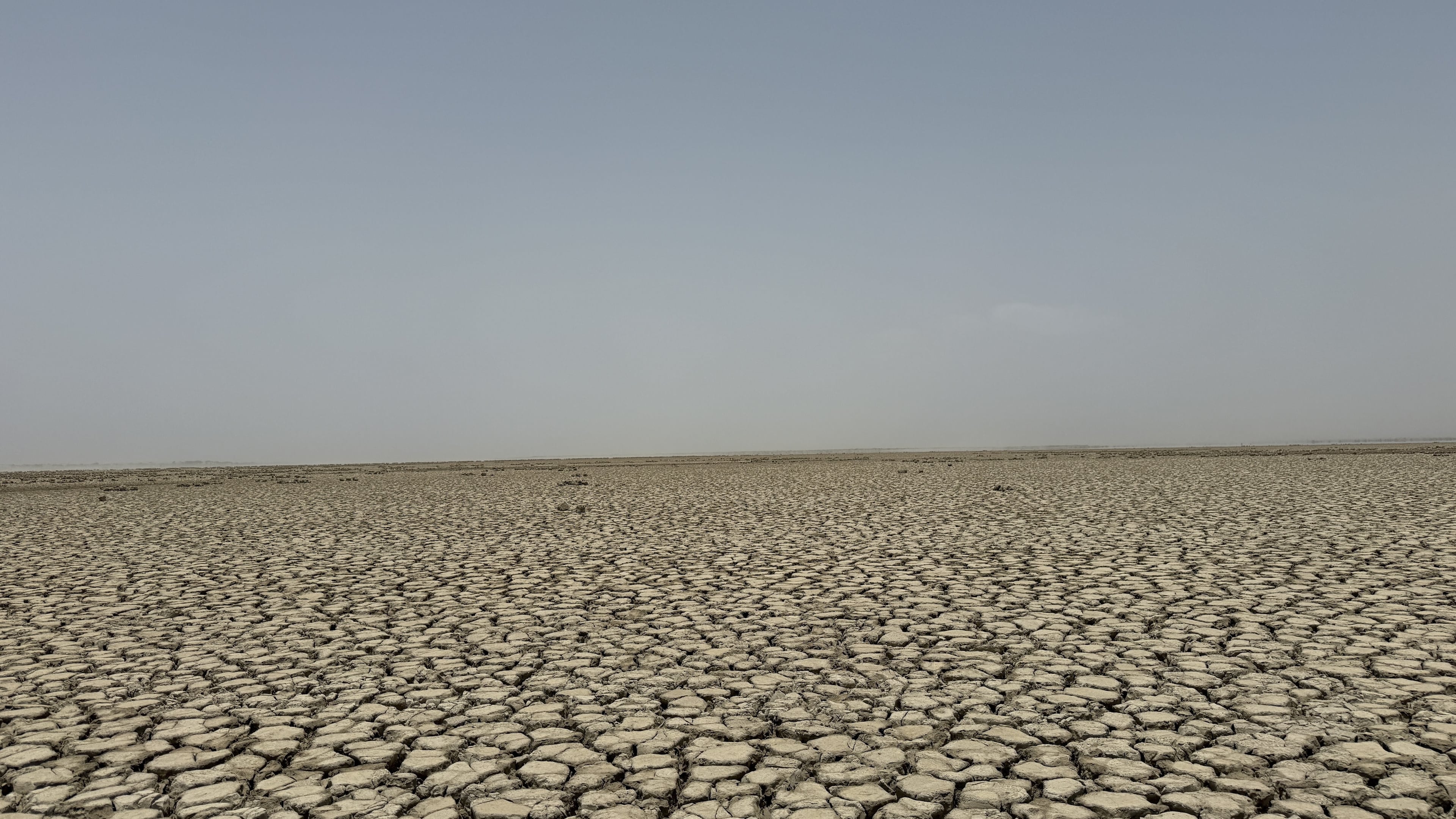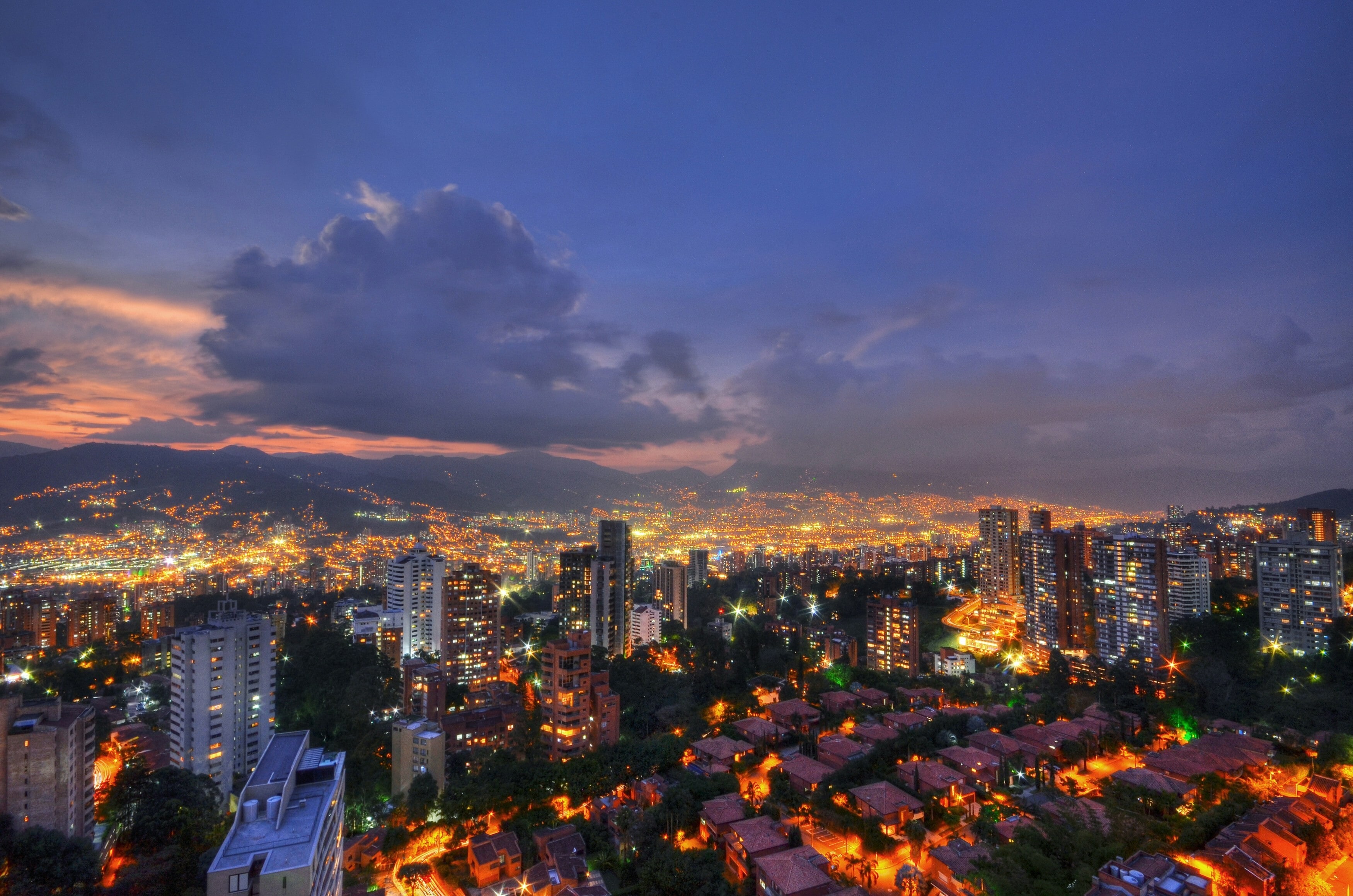Rain falls at Greenland ice summit for first time on record

Rain has fallen at the highest point on Greenland for the first time ever.
Image: Unsplash/Tina Rolf
Kate Abnett
Reporter, ReutersStay up to date:
Climate Indicators
- For the first time ever, rain has fallen at the highest point on the Greenland ice sheet.
- This makes it more prone to melting, which would cause sea levels to rise - and is another concerning effect of climate change.
- Expert Twila Moon has said that we need to stay 'laser-focused' on reducing greenhouse gases and also adapting to these changes occurring on our planet.
Rain fell at the highest point on the Greenland ice sheet for the first time on record, another worrying sign of warming for the ice sheet already melting at an increasing rate, scientists said.
"That's not a healthy sign for an ice sheet," said Indrani Das, a glaciologist with Columbia University's Lamont-Doherty Earth Observatory. "Water on ice is bad. … It makes the ice sheet more prone to surface melt."
Not only is water warmer than the usual snow, it's also darker -- so it absorbs more sunlight rather than reflecting it away.
That meltwater is streaming into the ocean, causing sea levels to rise. Already, melting from Greenland's ice sheet --the world's second-largest after Antarctica's -- has caused around 25% of global sea level rise seen over the last few decades, scientists estimate. That share is expected to grow, as global temperatures increase.
The rain fell for several hours at the ice sheet's 3,216-metre summit on Aug. 14, where temperatures remained above freezing for around nine hours, scientists at the U.S. National Snow and Ice Data Center said.
Temperatures at the ice cap almost never lift above freezing, but have now done so three times in less than a decade.
In total, 7 billion tonnes of rain fell across Greenland over three days, from Aug. 14 through Aug. 16 -- the largest amount since records began in 1950.
The rain and high temperatures triggered extensive melting across the island, which suffered a surface ice mass loss on Aug. 15 that was seven times above the average for mid-August.
The record-breaking rain is the latest in a string of warning signs about how climate change is affecting Greenland's ice sheet.
Greenland experienced a massive melting event in late July, when enough ice melted in a single day to cover the U.S. state of Florida in 2 inches (5 cm) of water.
That melting event and last week's rain were both caused by air circulation patterns which meant warm, moist air temporarily covered the island.
"This alarming rain at the summit of Greenland is not an isolated event," said Twila Moon, deputy lead scientist with the U.S. National Snow and Ice Data Center.
What’s the World Economic Forum doing about climate change?
Along with rising floods, fires, and other extremes, it is one of many "alarm bells" signalling the need to reduce greenhouse gas emissions, she said.
"We really have to stay laser-focused on adapting, as well as reducing the potential for those to become truly devastating."
Accept our marketing cookies to access this content.
These cookies are currently disabled in your browser.
Don't miss any update on this topic
Create a free account and access your personalized content collection with our latest publications and analyses.
License and Republishing
World Economic Forum articles may be republished in accordance with the Creative Commons Attribution-NonCommercial-NoDerivatives 4.0 International Public License, and in accordance with our Terms of Use.
The views expressed in this article are those of the author alone and not the World Economic Forum.
Related topics:
Forum Stories newsletter
Bringing you weekly curated insights and analysis on the global issues that matter.
More on Climate ActionSee all
Tom Crowfoot
August 14, 2025
Sikander Bizenjo and Eric Shahzar
August 14, 2025
Tom Crowfoot
August 12, 2025
Luis Antonio Ramirez Garcia
August 11, 2025




